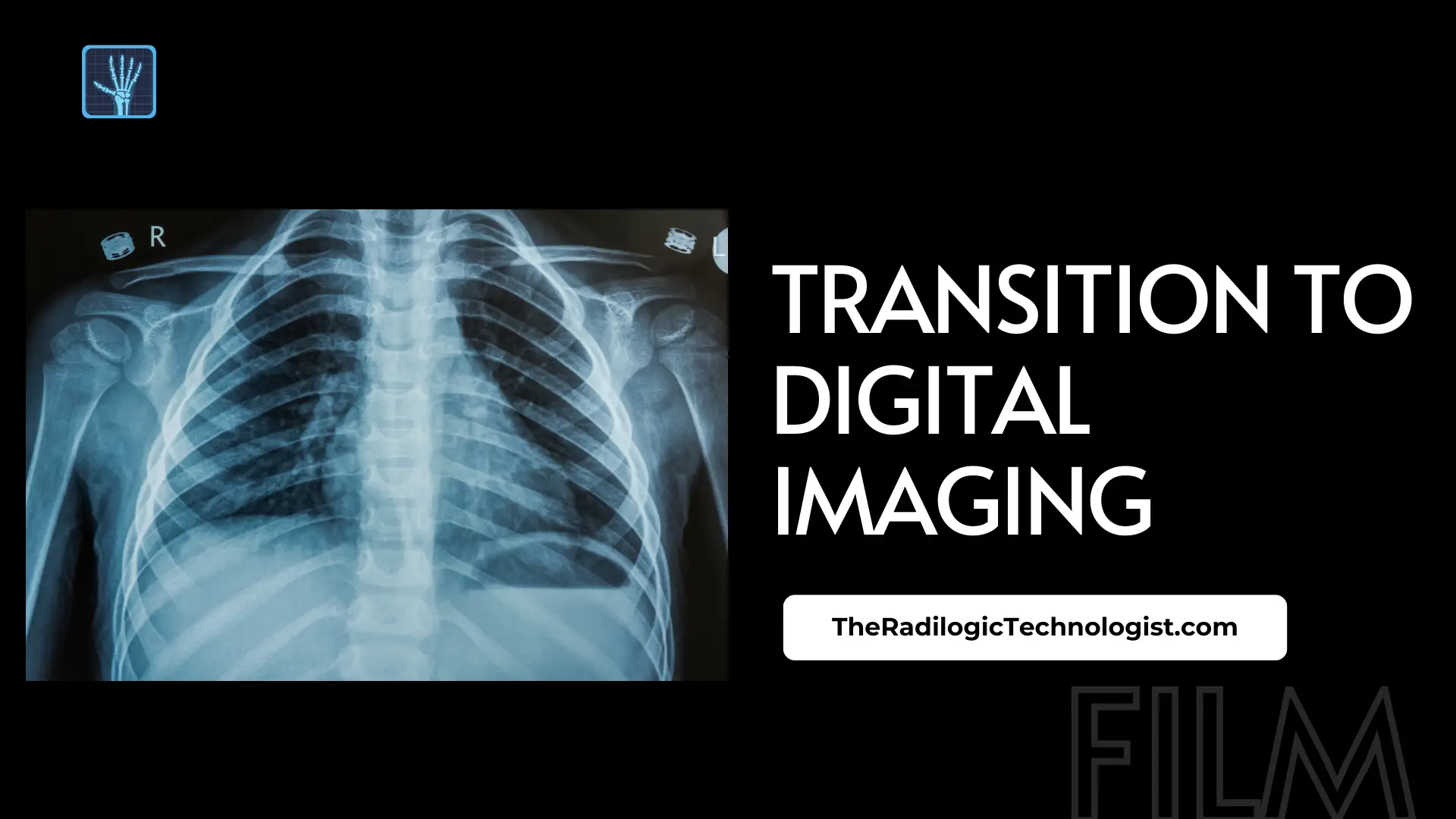The transition to digital imaging has profoundly impacted the field of radiography, revolutionizing the way. X-ray technologists capture and interpret medical images.
As technology advances, X-ray technologists find themselves at the forefront of this transformation.
In this article, we will explore the perspectives of X-ray technologists on the transition to digital imaging and gain insights into their experiences and opinions.
Introduction:
With the advent of digital radiography, the use of film in X-ray imaging has become a thing of the past. However, this transition has sparked curiosity about whether X-ray technologists ever miss working with film.
The Digital Advantage:
The film is a foreign concept for generations of technologists trained exclusively in the digital eracept.
They teach the basics of film systems to grasp the fundamentals of X-ray exposure and appreciate the superiority of digital imaging. To them, film is an obsolete medium, and they may not fully comprehend what they might be missing.
The transition from Film to Digital:
Technologists who worked with film before the digital revolution often prefer digital imaging.
Many of them remember the additional responsibilities of film processing, which required specialized darkrooms and even darkroom aides to handle the processing.
The introduction of digital imaging eliminated the need for these extra tasks, making the workflow more streamlined.
The Ease of Achieving Good Exposures:
One significant advantage of digital imaging that technologists appreciate is the ease of achieving optimal exposures. Unlike film, where obtaining proper directions requires skill and precision, digital systems offer more forgiving latitude.
Technologists who grew up working with film may express nostalgia, suggesting that digital imaging reduces the need for technical expertise.
However, when asked if they would prefer to return to the days of film, the answer is almost always a resounding “no.”
The Unchanged Skill of Patient Positioning:
Regardless of the transition from film to digital, one skill that remains constant for X-ray technologists is patient positioning.
While the imaging medium has evolved, the importance of positioning the patient correctly for capturing accurate X-ray images remains vital.
Digital imaging technology has not altered this aspect of the technologist’s expertise.

Conclusion:
The transition to digital imaging has reshaped the landscape of radiography and met with mixed sentiments among X-ray technologists.
While some may nostalgically recall the days of film, the benefits and advancements offered by digital imaging have undeniably transformed the field.
X-ray technologists have adapted to the digital era, embracing the advantages of improved workflow efficiency, enhanced image quality, and simplified processes.
As technology continues to evolve, X-ray technologists will play a vital role in harnessing its potential to provide accurate diagnoses and optimal patient care in the ever-changing world of medical imaging.

